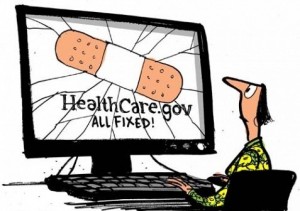More Than One In Five Americans “Churn” Through Health Coverage Within A Year
 The U.S. Census Bureau has just released the Current Population Report’s Health Insurance Coverage in The United States, 2015. This report sits alongside the Centers for Disease Control and Prevention’s National Health Interview Survey as a critical source of understanding changes in health insurance in recent years.
The U.S. Census Bureau has just released the Current Population Report’s Health Insurance Coverage in The United States, 2015. This report sits alongside the Centers for Disease Control and Prevention’s National Health Interview Survey as a critical source of understanding changes in health insurance in recent years.
The report discusses coverage during the three years from 2013 through 2015, so it does not reveal the large increase in employer-based coverage since the great recession. During this shorter period, there was an insignificant gain in employer-based coverage, and a large increase in persons dependent on Medicaid, the joint state-federal welfare program that provides health benefits to low-income residents. The number of people dependent on Medicaid for at least part of the year increased from 55 million in 2013 to 62 million in 2015. (Almost the entire increase took place in 2014, Obamacare’s first year of implementation.)






